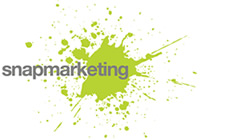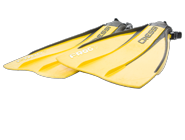We all have views on what constitutes great design – everyone seems to be an expert anyway!
But your marketing collateral is the foundation of your business development armoury, and it must reflect your company, your brand and products in the best possible light.
So, naturally, we would obviously recommend you have a professional design agency do it for you! But its interesting to understand some of the wrinkles that the professionals use day-in day-out.
But whatever route you choose, here’s some ideas about how to use images when it comes to graphic design or indeed website design and making your branding, your marketing message stand out from the crowd.
Worth a thousand words?
They say a picture is worth a thousand words – but in the ultra competitive world of marketing, where you have an instant to create an impression, your images need to be spot on in terms of resolution.
Good images cost money – whether you buy them in from a library or if you get them shot yourself. So you will need to use them as much as you can to maximise your investment.
Keep the original image – work from a copy
Always keep the the original, and its layers (if any), as a .PSD file before flattening, because if you need to edit it again, this will not be possible if you do not. As we used to with transparencies – work from a copy of it – always keep the original un-edited –its so easy to click the wrong button and over-write the original.
Use the highest resolution you can get
Work in the highest resolution you can initially. You will need at least 300 dpi (dots per inch) for print and only 72 dpi for the web – its not worth trying to go higher on the web – higher resolutions are slow to load and won’t give a significantly better image on-screen.
Scaling
When presented with an image that is too large for the area it needs to populate, then this should be reduced in photoshop to the correct TIFF size as a CMYK (if working in 4 colour). Remember you must never increase the resolution size of the image more than 10% than the original as this will deteriorate the image and can cause pixelation – the image will look fuzzy.
Compression Formats.
JPEG is a commonly used method of compression for photographic images. The degree of compression can be adjusted, allowing a selectable tradeoff between storage size and image quality. JPEG typically achieves 10:1 compression with little perceptible loss in image quality. JPEG compression is the most is the most common format for storing and transmitting photographic images on the web.
This is not always necessary for PDF documents, as the size has no impact on the postscript, except the end size when you use them for print.
Working with the web
A little known fact, but images can also be optimised to help boost your ranking on the search engines, so make sure you use every opportunity to do this. For some pointers on some of the best ways to do this, check out our blog on Using Images in Website Design
Give us a call or drop us an email if you need help.
Author Matthew Simmons









